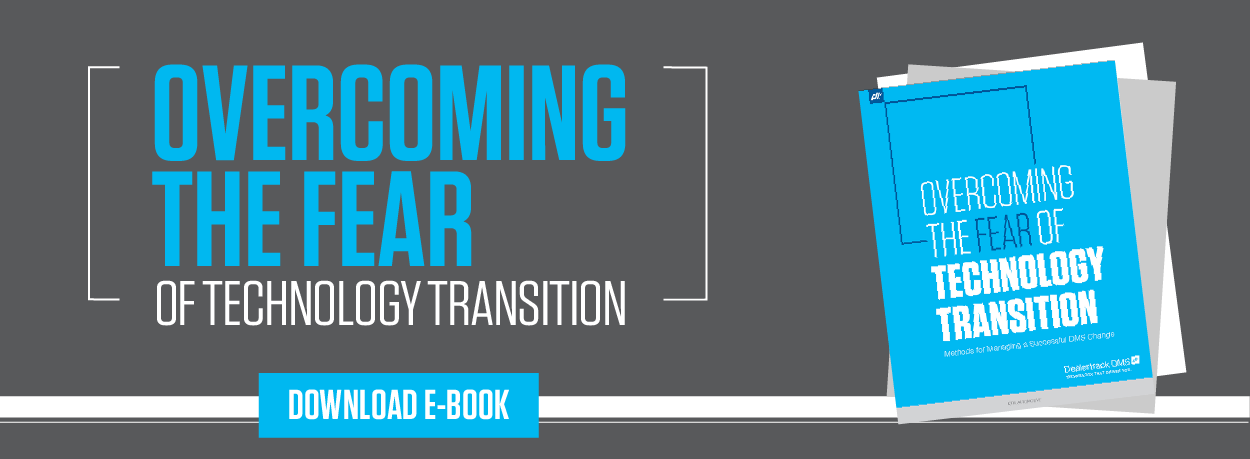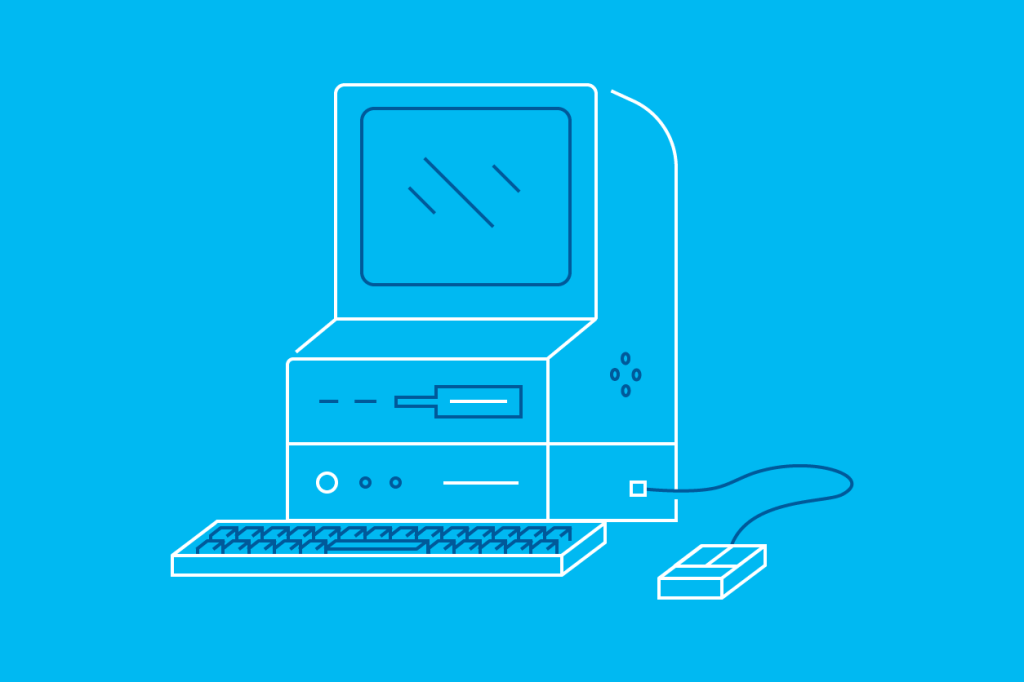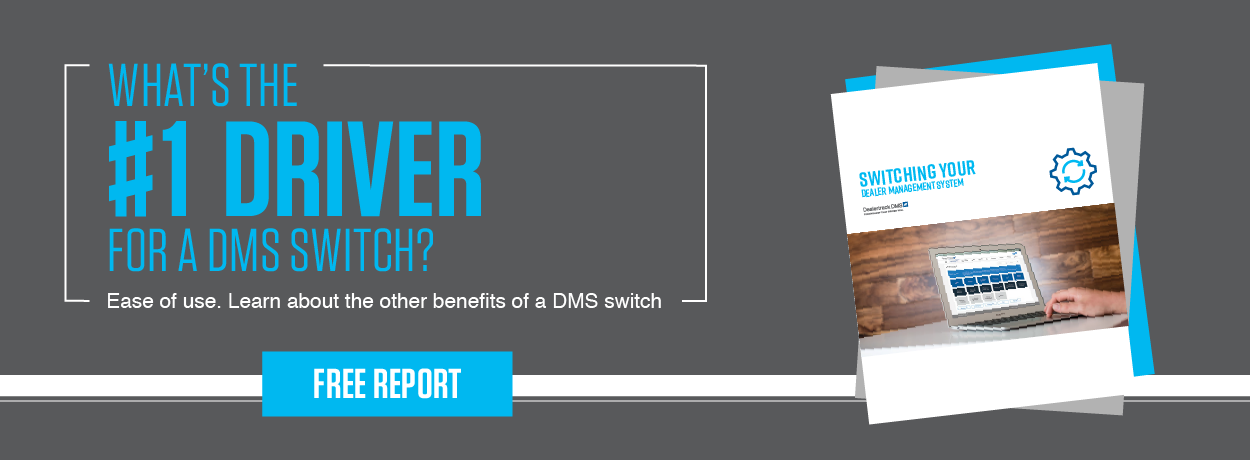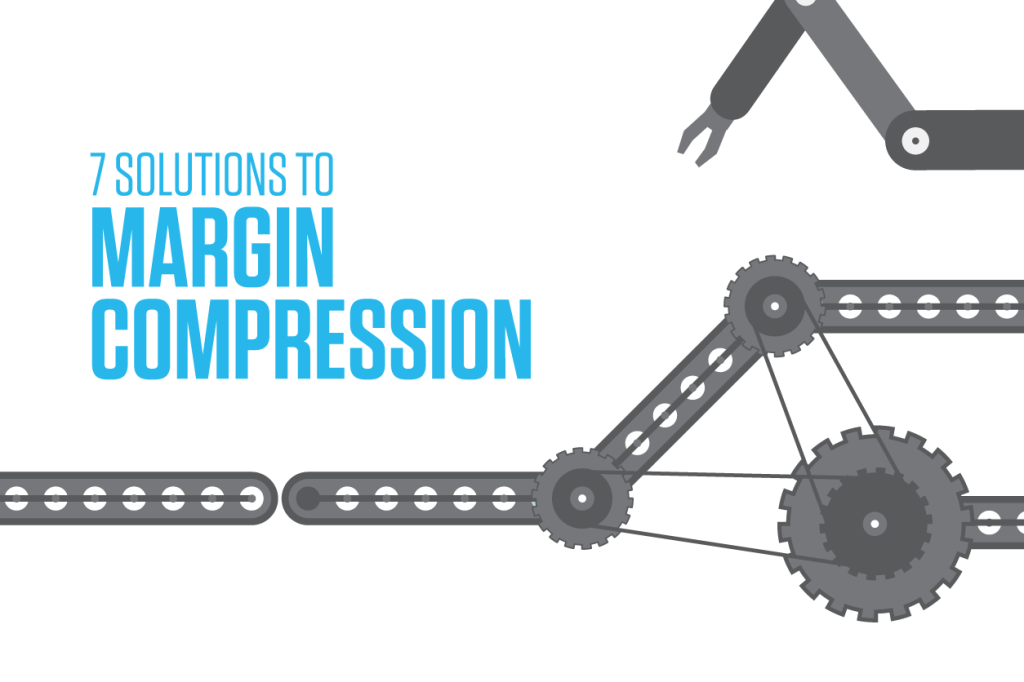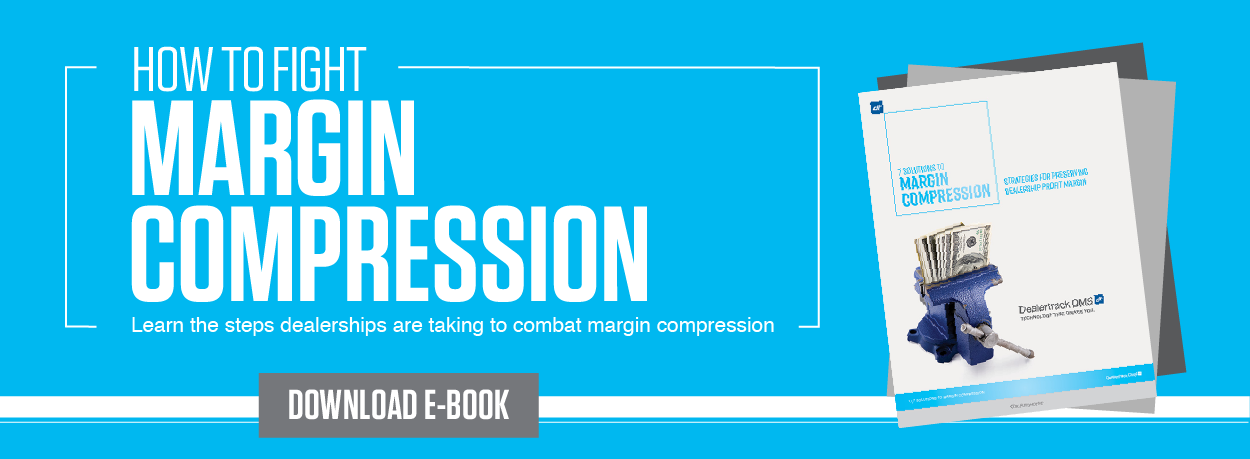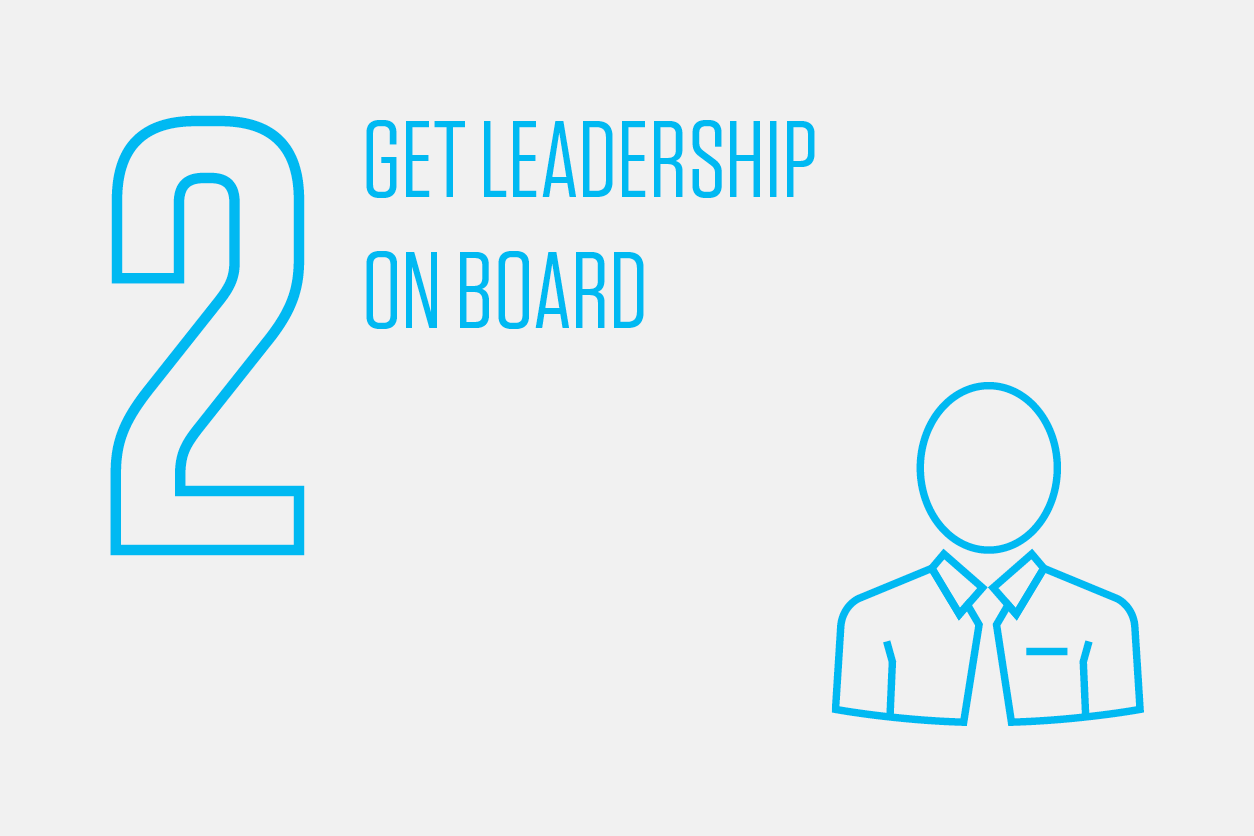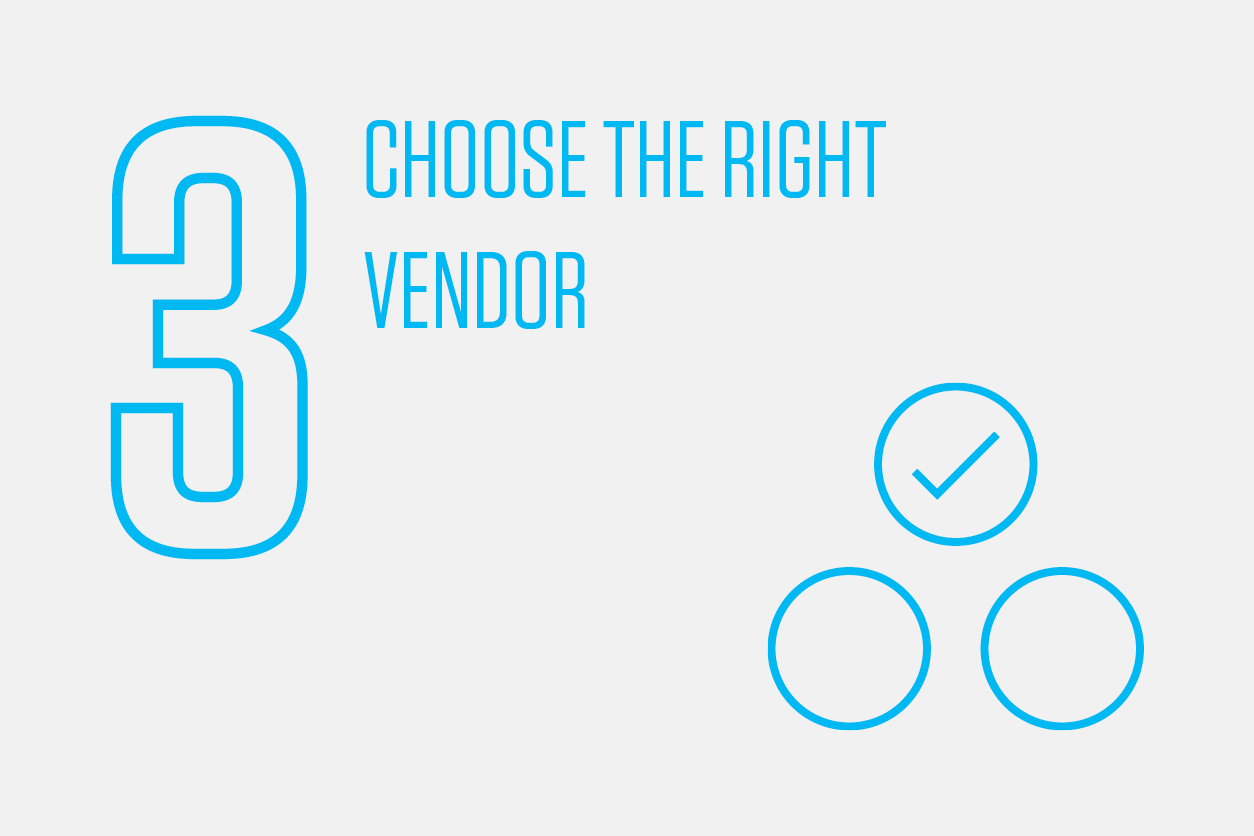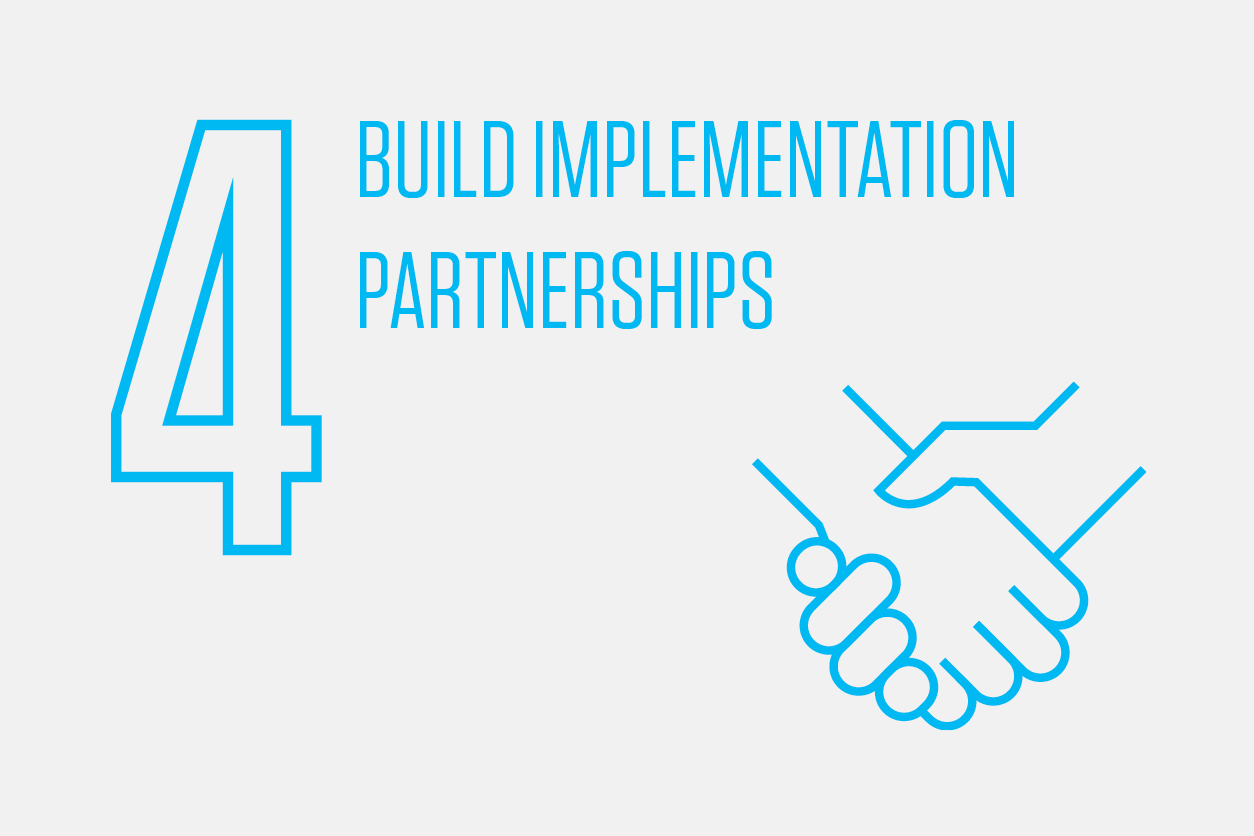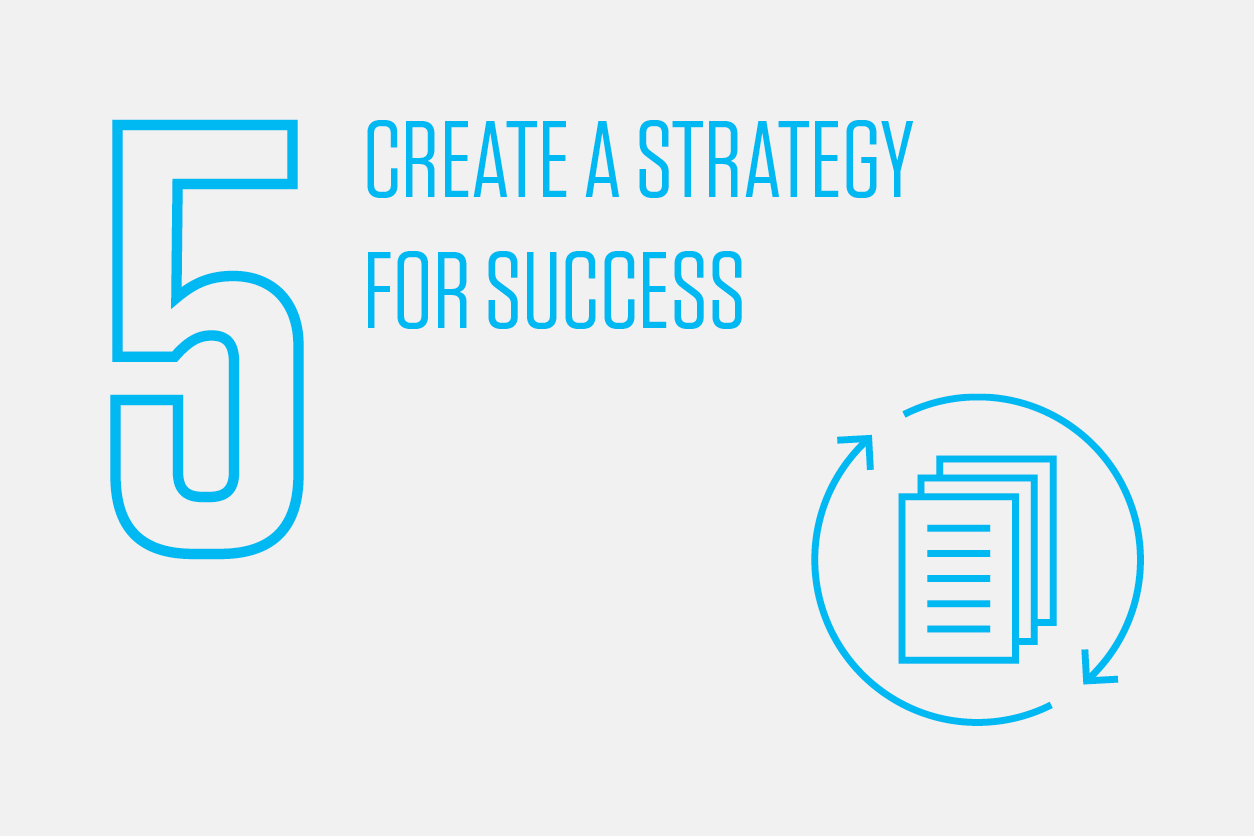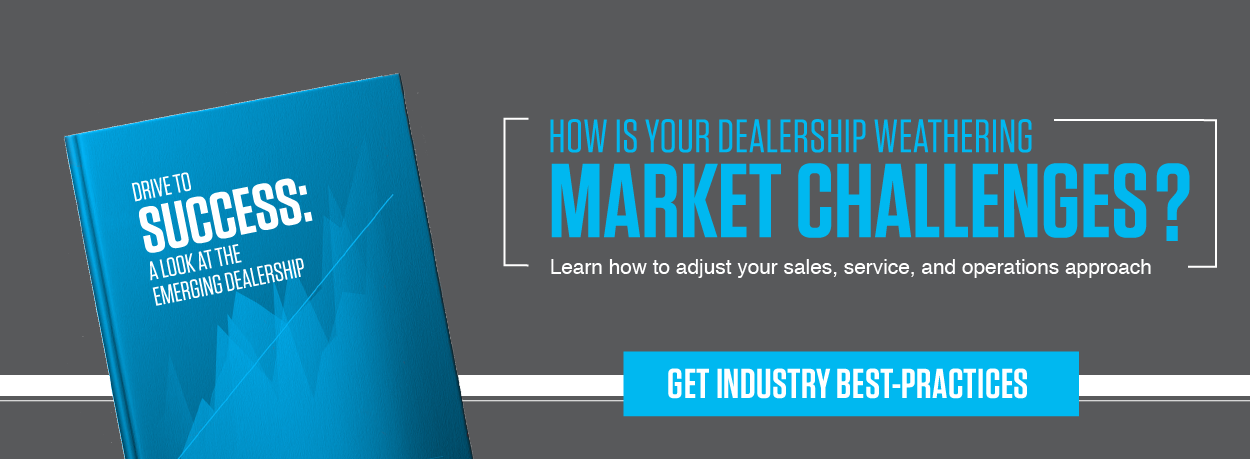Ever feel stuck? When faced with a tough decision that could improve the dealership greatly, but could also (potentially) be a difficult transition, Dealer Principal Owners (DPOs) can feel frozen.
And so the story goes for many dealerships working through the day-to-day issues of an out-of-date Dealer Management System (DMS). Sure, it’s a struggle now. But, it’s a familiar struggle. So, what are DPOs most afraid of? What could be holding them back? It turns out there are actually five common fears holding most dealerships back from technology transitions:
The (completely real) fear of data loss
Data drives your dealership. Losing it (or open access to it) would be costly. Pulling the lever on a DMS switch with the potential of data loss is a big factor holding many dealerships back.
Lost familiarity
So your current DMS doesn’t work very well. But, at least everyone on the team knows how to use it. The hours spent learning workarounds and memorizing the functionality of your systems was a big investment. Giving that up—even for an easy-to-use DMS that everyone can use—might hold you back.
Flipping the switch
If only it were as easy as turning on a new machine, right? The big installation process of a new DMS is a lot of work to do on your own. If you had to do this without a trusted partner who was with you every step of the way, it would be a nightmare.
Change Management
Your dealership operates with varied integrated systems. And the DMS can feel like the central nervous system keeping everything going. If your DMS suddenly changed, and worse—wasn’t an open platform, ready to integrate with all of your systems—you might be ready to panic.
Culture impacts profit
Your employees’ ability to do their jobs well impacts morale. It impacts the bottom line and the overall culture of your dealership. It would be really scary if your DMS wasn’t easy to use. Today’s workforce demands point-and-click user interfaces with a modern look. If it looks outdated, it probably isn’t operating like a modern DMS either.
Change is scary. But, change is constant in the automotive industry. Dealerships face it every day, successfully. The ones who brave technology transitions and implement new, faster, and more efficient DMS platforms (like the real-life success stories in this guide) know that facing your fears is the best way to conquer them.
Overcome your fears. Get the guide: Overcoming the Fear of Technology Transition
